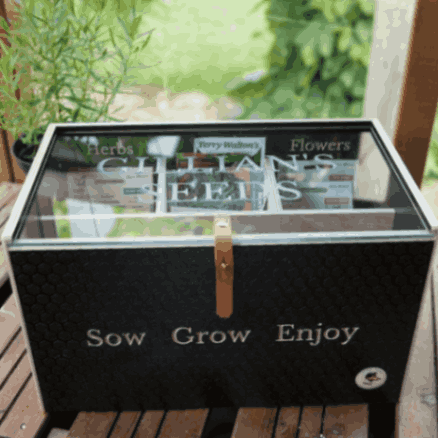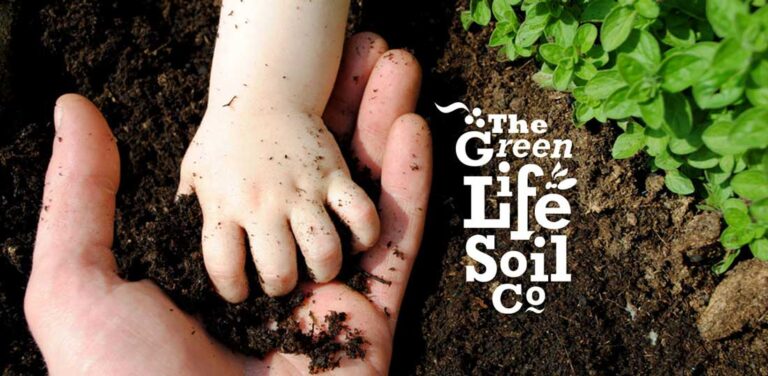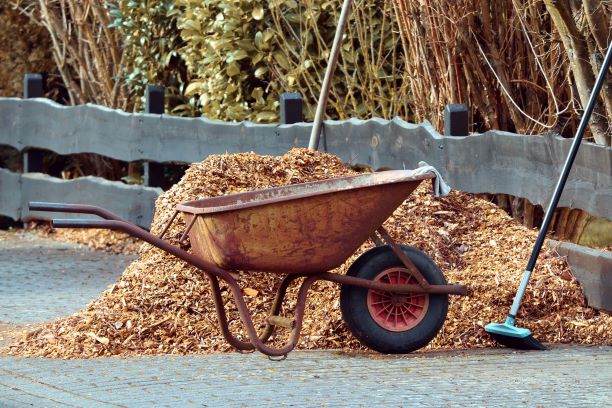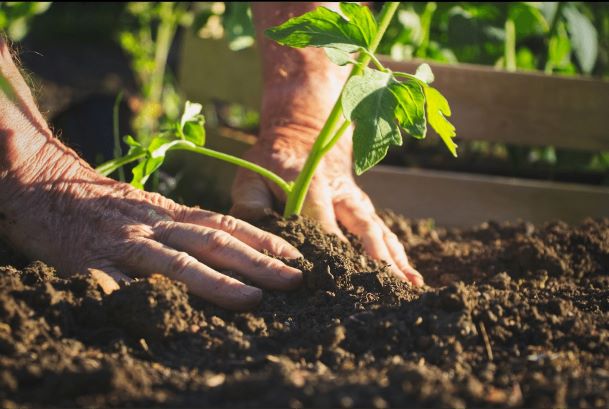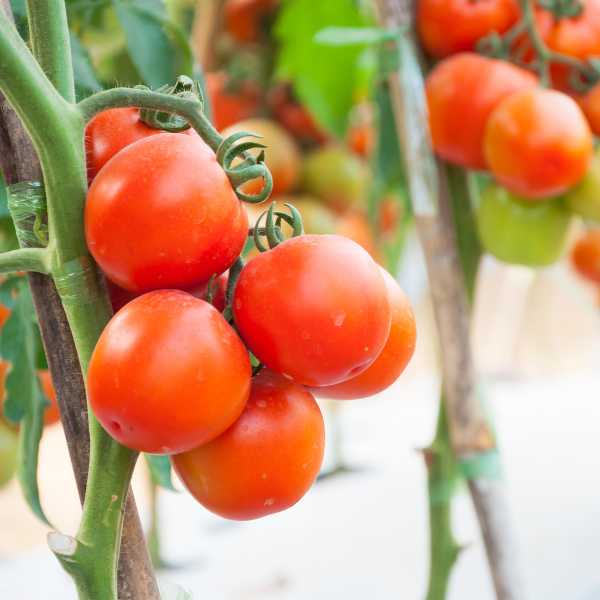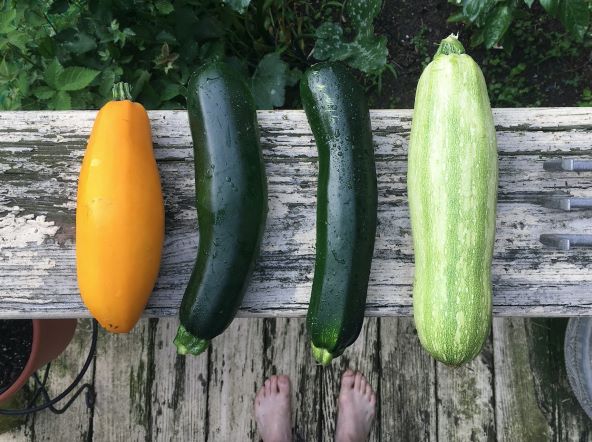How much water is Enough
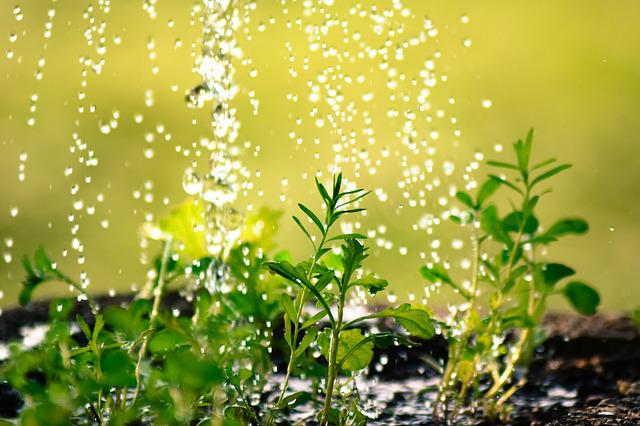
Rule of thumb
There is a general rule of thumb that advises that you should strive to put about 2 cm of water each week on your vegetable garden. On average, it takes 30 minutes to get a centimeter of water. So, 20 minutes, three times per week will provide ample water for this method. However, this is a very broad formula for established plants and should be adjusted based on the climate where you live, what you are growing in and your soil type.
The Variables
The top few centimeters of soil dries out quite quickly and shallow-rooted vegetables such as cucumbers, spinach, cabbage, celery, corn, onions, leeks, carrots, broccoli, radishes, and Brussels sprouts will need frequent watering in hot weather or soils that are light on humus or compost.
Other plants will appreciate extra water at crucial stages in their development, for example peas, tomatoes, squashes and cucumbers as they come into flower and produce their pods or fruits. Tall climbing plants will draw a lot of moisture from the soil, so will need a lot more watering than other crops.
If the weather is dry when you are sowing your seeds, water before sowing. Allow the water to drain away then water again. Then sow and cover over with soil. During germination seeds want to be very moist but not sitting in water. Give a quick water twice daily, in free draining soil, until they sprout their first true leaves and have made a start on developing their root systems. In hotter climates you may also need to rig up some shading until seedlings are well established.
How you water is also important. Apply water as close to the roots as you can, and try to avoid wetting the foliage, which can promote disease. It is better to water early in the day so that the water applied will not be lost to evaporation and your plants will have access to water to help them cope with the sun.
Sometimes the soil surface can look dry when, just beneath, there’s plenty of moisture. Check by digging a hole to see how dry the ground really is. If it’s moist where the roots are, leave watering to another day.
Planting strategically will help you to save water. Create miniature reservoirs for thirsty plants such as courgettes by making a moat around each plant. This holds the water you add in place, allowing it to slowly drain into the soil, rather than running off.
When planting out seedlings or young plants, correct watering is crucial. Water into the planting hole before planting, set the seedling into the ground, then water again to settle the soil around the root ball. The additional moisture around the root ball will get the plant off to a strong start.
If you’re growing in containers, remember that larger containers dry out much more slowly than smaller ones. If you aren’t on hand to water as regularly as you’d like, mix some water-retaining granules into the compost before planting. Grouping pots together will help to raise humidity, slowing evaporation.
Rainwater is better for plants than treated water. Collect as much of it as you can by installing water tanks on to downpipes.
Mulching, adding a layer of organic matter onto the soil surface, can dramatically slow down evaporation from the ground. Suitable mulches include dried grass clippings and garden-made compost, topped up as necessary during the growing season.
The best results come from repeatedly applying organic matter such as compost over several years. All that organic matter works to gradually improve your soil’s structure and its ability to hold moisture, ultimately ensuring the health and vigour of your plants.
Feeding your soil with lots of organic matter makes such a big difference to its moisture-holding ability, while watering exactly where it’s needed, when it’s needed, will save a lot of time – and water.
If you have decorative pots, a layer of stones will add protection from evaporation, as well as being a design feature.
Watering more often than necessary, encourages plants to produce shallow roots that make them ever more dependent on you for water. Watering deeply and at fewer intervals will enable the water to reach to the roots, the part of the plant that needs the nutrients, sugars and hormones contained in water.

